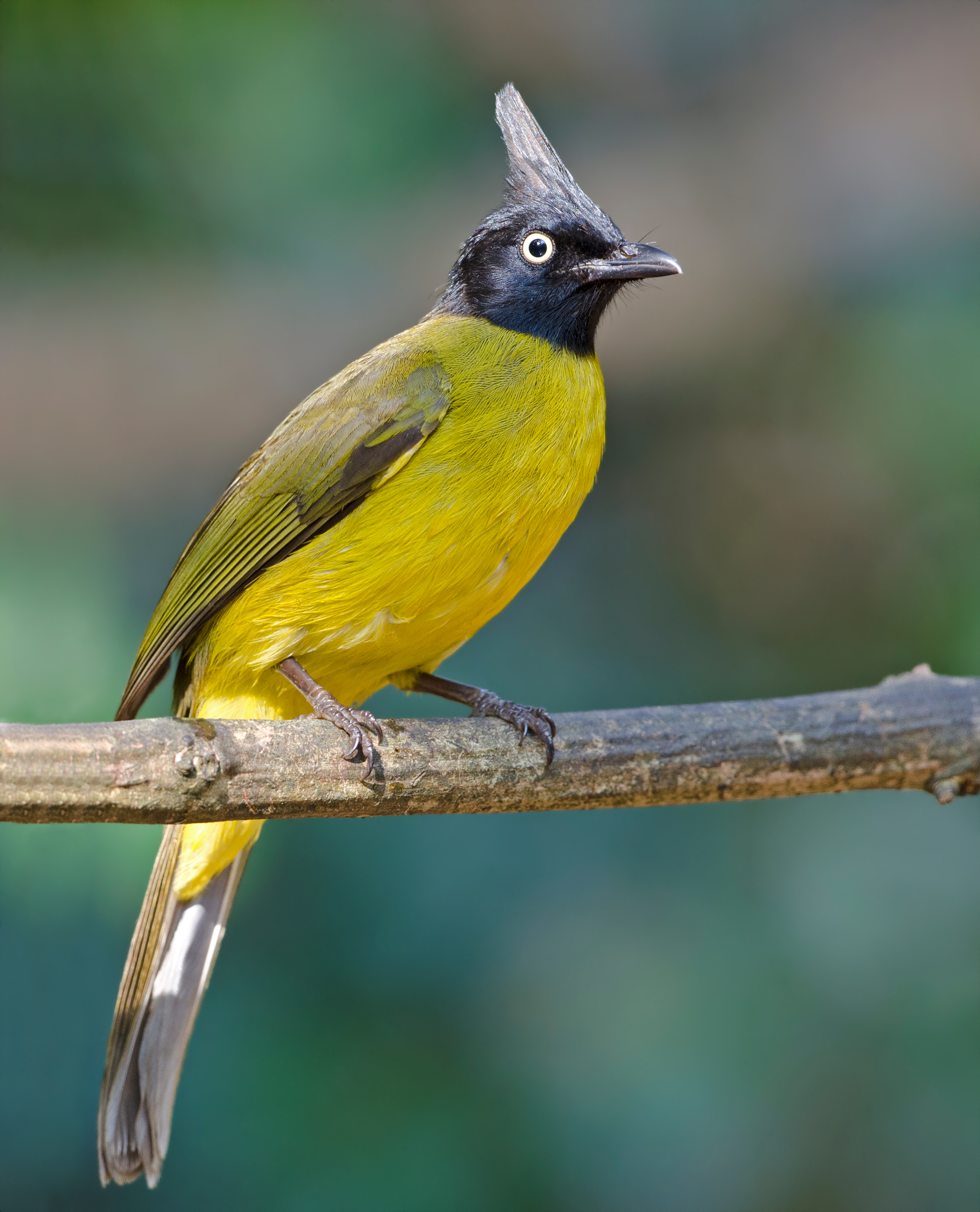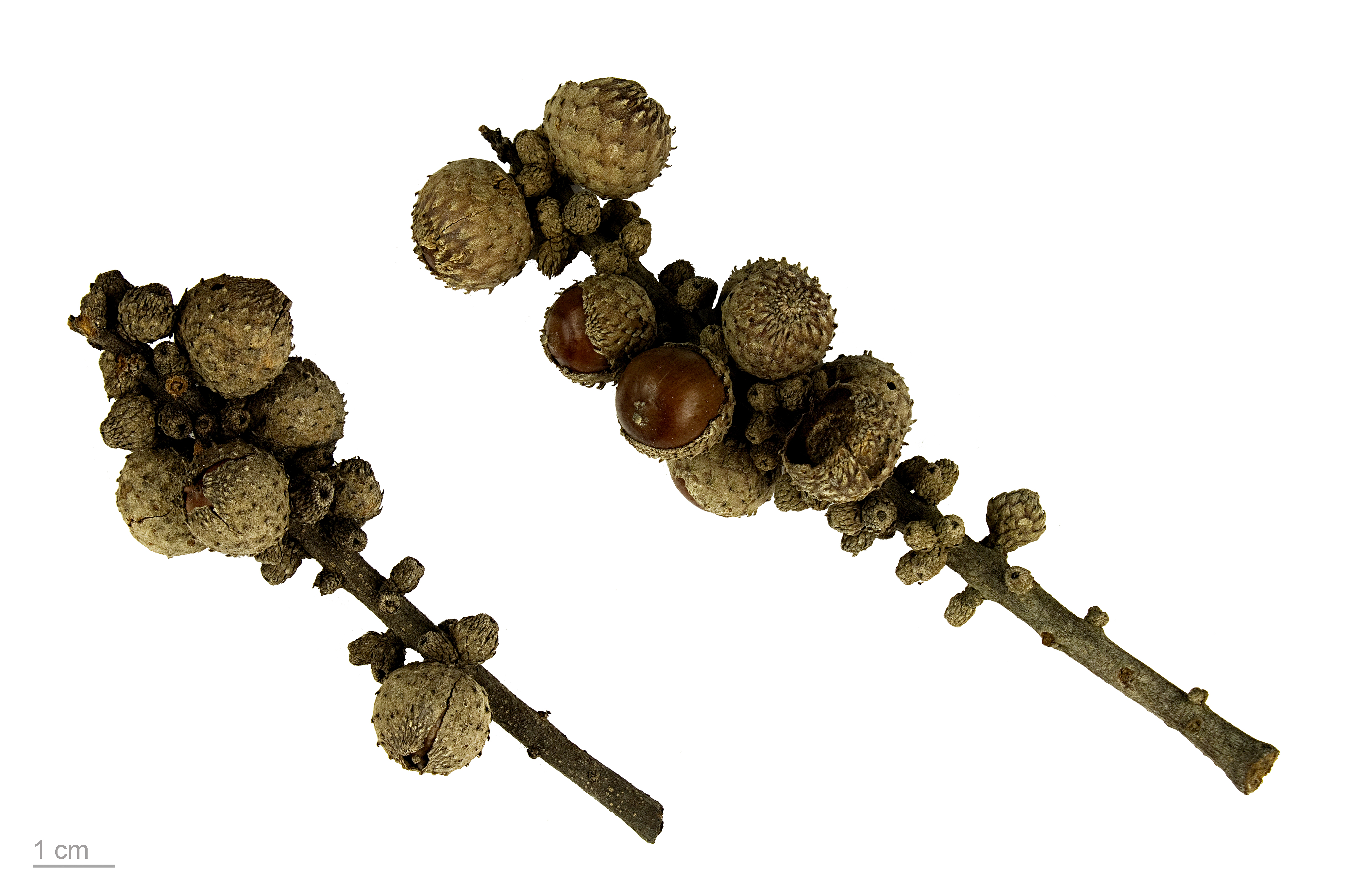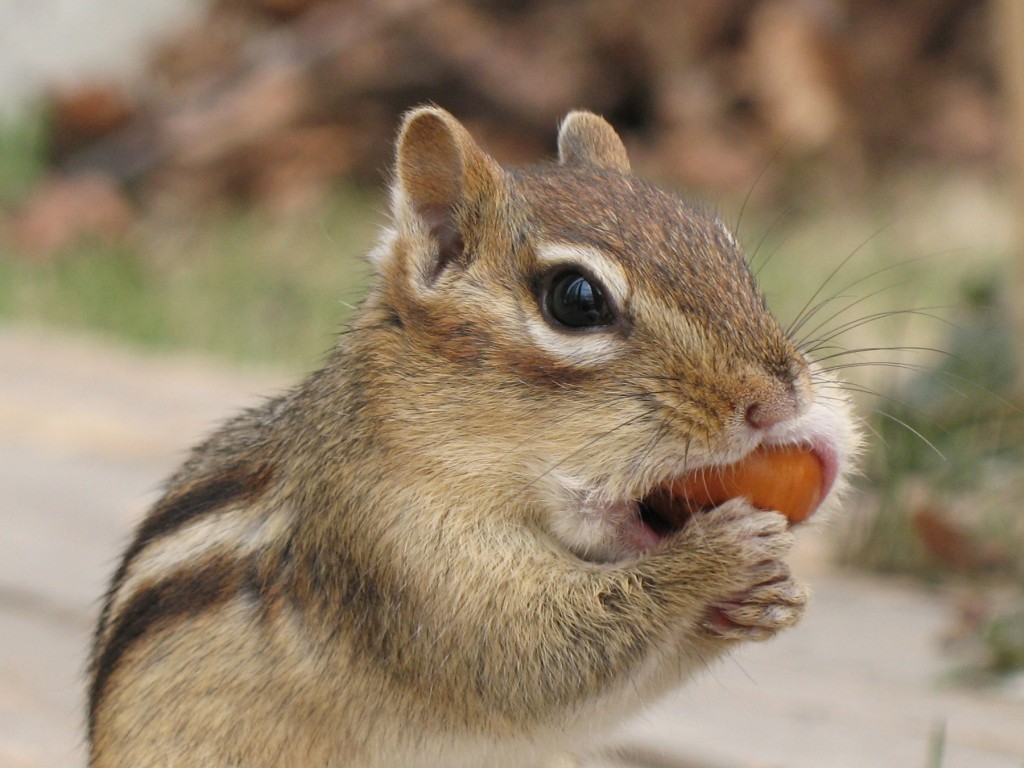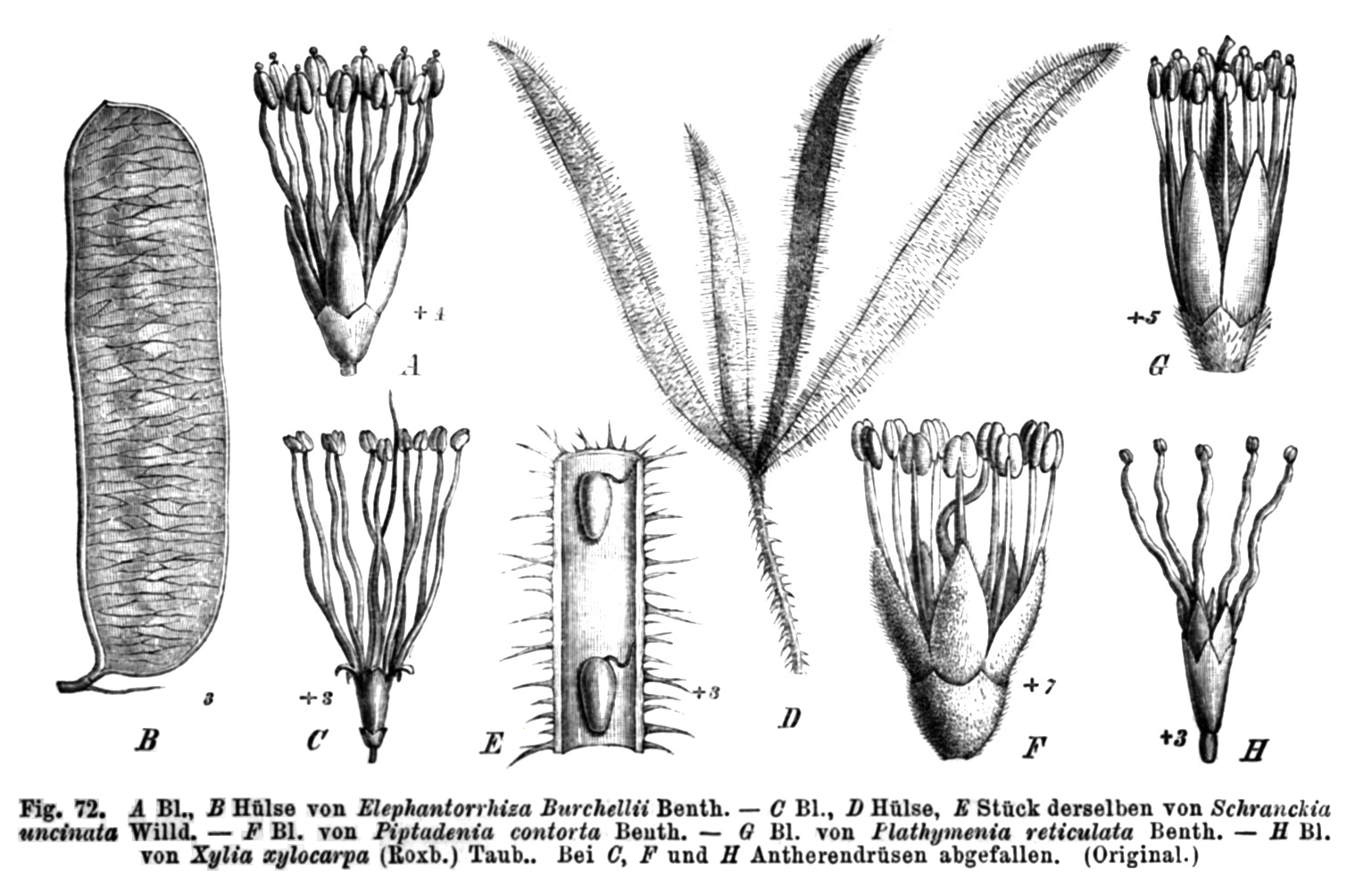|
Namtok Chat Trakan National Park
Namtok Chat Trakan National Park ( th, อุทยานแห่งชาดิน้ำตกชาติตระการ, ) is a national park located in Chat Trakan and Nakhon Thai Districts of Phitsanulok Province of Thailand, established in 1987. It encompasses Lam Kwae Noi, Daeng and Chat Trakan forests a substantial portion of Chat Trakan District. Topography Most of the park is mountains covered with dipterocarp forest. The source of several rivers is within the park, including the Khwae Noi River and its tributary the Phak River. The area of the park is part of the Luang Prabang montane rain forests ecoregion, Phu Khai Hoi is the highest peak in the park with . Chat Trakan Waterfall The Chat Trakan Waterfall, a.k.a. Pak Rong Waterfall, is located within the park. The sandy beach near the falls is suitable for swimming. Some of the cliffs near the falls are inscribed with yet unexplained rock carvings. The stream from the waterfall joins the Phak River. History A ... [...More Info...] [...Related Items...] OR: [Wikipedia] [Google] [Baidu] |
Lithocarpus
''Lithocarpus'' is a genus in the beech family, Fagaceae. Trees in this genus are commonly known as the stone oaks and differ from ''Quercus'' primarily because they produce insect-pollinated flowers on erect spikes and the female flowers have short styles with punctate stigmas. At current, around 340 species have been described, mostly restricted to Southeast Asia. Fossils show that ''Lithocarpus'' formerly had a wider distribution, being found in North America and Europe during the Eocene to Miocene epochs. The species extend from the foothills of the Hengduan Mountains, where they form dominant stands of trees, through Indochina and the Malayan Archipelago, crossing Wallace's Line and reaching Papua. In general, these trees are most dominant in the uplands (more than above sea level) and have many ecological similarities to the Dipterocarpaceae, the dominant lowland tree group. These trees are intolerant of seasonal droughts, not being found on the Lesser Sunda Islands, ... [...More Info...] [...Related Items...] OR: [Wikipedia] [Google] [Baidu] |
Kanchil
The lesser mouse-deer, lesser Malay chevrotain, or kanchil (''Tragulus kanchil'') is a species of even-toed ungulate in the family Tragulidae. Distribution The lesser mouse-deer is found widely across Southeast Asia in Indochina, Myanmar (Kra Isthmus), Brunei, Cambodia, China (Southern Yunnan), Indonesia (Kalimantan, Sumatra and many other small islands), Laos, Malaysia (Peninsular Malaysia, Sarawak and many other small islands), Singapore, Thailand, and Vietnam. Description It is one of the smallest known hoofed mammals, its mature size being as little as 45 cm (18 inches) and 2 kg (4.4 lb) and related to the even smaller Java mouse-deer. It is threatened by predation by feral dogs. Through further research it is also discovered that the creatures who were initially believed to be nocturnal actually conduct their activities during the day. As discovered by Kusuda, the first being that though many births occur in May, November or December, the females are able ... [...More Info...] [...Related Items...] OR: [Wikipedia] [Google] [Baidu] |
Jungle Fowl
Junglefowl are the only four living species of bird from the genus ''Gallus'' in the bird order Galliformes, and occur in parts of South and Southeast Asia. They diverged from their common ancestor about 4–6 million years ago. Although originating in Asia, remains of junglefowl bones have also been found in regions of Chile, which date back to 1321–1407 CE, providing evidence of possible Polynesian migration through the Pacific Ocean. These are large birds, with colourful plumage in males, but are nevertheless difficult to see in the dense vegetation they inhabit. As with many birds in the pheasant family, the male takes no part in the incubation of the egg or rearing of the precocial young. These duties are performed by the drab and well-camouflaged female. Females and males do not form pair bonds; instead, the species has a polygynandrous mating system in which each female will usually mate with several males. Aggressive social hierarchies exist among both females a ... [...More Info...] [...Related Items...] OR: [Wikipedia] [Google] [Baidu] |
Chipmunk
Chipmunks are small, striped rodents of the family Sciuridae. Chipmunks are found in North America, with the exception of the Siberian chipmunk which is found primarily in Asia. Taxonomy and systematics Chipmunks may be classified either as a single genus, ''Tamias'', or as three genera: ''Tamias'', of which the eastern chipmunk (''T. striatus'') is the only living member; ''Eutamias'', of which the Siberian chipmunk (''E. sibiricus'') is the only living member; and ''Neotamias'', which includes the 23 remaining, mostly western North American, species. These classifications were treated as subgenera due to the chipmunks' morphological similarities. As a result, most taxonomies over the twentieth century have placed the chipmunks into a single genus. However, studies of mitochondrial DNA show that the divergence between each of the three chipmunk groups is comparable to the genetic differences between ''Marmota'' and ''Spermophilus'', so the three genera classifications have b ... [...More Info...] [...Related Items...] OR: [Wikipedia] [Google] [Baidu] |
Black Giant Squirrel
The black giant squirrel or Malayan giant squirrel (''Ratufa bicolor'') is a large tree squirrel in the genus '' Ratufa'' native to the Indomalayan zootope. It is found in forests from northern Bangladesh, northeast India, eastern Nepal, Bhutan, southern China, Myanmar, Laos, Thailand, Malaysia, Cambodia, Vietnam, and western Indonesia (Java, Sumatra, Bali and nearby small islands). Description The black giant squirrel is one of the largest species of squirrel in the world. On average, an adult black giant squirrel weighs around , has a head–and–body length of , and the tail is long. The subspecies ''R. b. condorensis'' of Vietnam's Côn Sơn Island averages only in head–and–body length and the tail , but otherwise it resembles the typical subspecies. This species is typically distinctly bicoloured with dark upperparts and pale underparts. The back, top of the head, ears and bushy tail are deep brown to black and the underparts are light buff-coloured. In Sumatra, J ... [...More Info...] [...Related Items...] OR: [Wikipedia] [Google] [Baidu] |
Barking Deer
Barking may refer to: Places * Barking, London, a town in East London, England ** London Borough of Barking and Dagenham, a local government district covering the town of Barking ** Municipal Borough of Barking, a historical local government district covering the town of Barking ** Barking (UK Parliament constituency), including Barking and Becontree * Barking, Suffolk, a village and civil parish in the Mid Suffolk district of Suffolk, England * Barking Lodge, a village in Jamaica * Barking Sands, Hawaii, United States Arts and media * ''Barking'' (album), by Underworld * "Barking" (song), by Ramz * ''Barking'' (TV series), a British television sketch comedy show Other uses * Bark (sound), the sound made primarily by domesticated dogs for communication * Barking Rugby Football Club Barking RFC is an English rugby union team based in Barking, east London and currently play in the ninth tier of the English rugby union league system, Essex 1. History Park Modern Old Boys ... [...More Info...] [...Related Items...] OR: [Wikipedia] [Google] [Baidu] |
Xylia Xylocarpa
''Xylia xylocarpa'' is a species of tree in the mimosoid clade of the subfamily Caesalpinioideae of the family Fabaceae. Description and properties This perennial tree is very conspicuous in the flowering season owing to its bright yellow flowers. ''Xylia xylocarpa'' produces hardwood, and in Vietnam it is classified as an 'ironwood' with its name referring to use in traditional cart-making. The cross-section of a trunk has a distinctive yellowish-white and thick outer layer, with a crimson-dark core of fine grain and high density (1.15 with 15% moisture content). The wood pulp may be used for making wrapping paper. The seeds of this tree are edible. This tree is considered a medicinal plant in India. In Thailand its leaves are used to treat wounds in elephants. Distribution and common names This tree is found in South and Southeast Asia; it is known as ( my, ပျဉ်းကတိုး) in Myanmar, in Vietnam, () in Cambodia and ''Jamba" or Jambe in KannadaKarnataka an ... [...More Info...] [...Related Items...] OR: [Wikipedia] [Google] [Baidu] |
Shorea Siamensis
''Shorea siamensis'' is a species of tree in the family Dipterocarpaceae. It is native to most of mainland Southeast Asia. Uses In Cambodia, ''Shorea siamensis'' (known in Khmer as រាំងភ្នំ – Raing Phnom) is rare and most often seen near Buddhist pagodas and shrines. According to legend one of Buddha's incarnations was born under an ''S. siamensis'' tree and therefore it has a strong symbolic connection to Cambodia's Buddhist culture. The leaves of the tree are used in traditional Cambodian medicine Traditional Cambodian medicine ( km, វេជ្ជសាស្រ្តបូរាណខ្មែរ, ALA-LC: ) comprise several traditional medicine systems in Cambodia. Healers and herbalists of Cambodian traditional medicine are collectivel ... as a tea for easing child birth. References siamensis Flora of Indo-China Flora of Malaya {{Dipterocarpaceae-stub ... [...More Info...] [...Related Items...] OR: [Wikipedia] [Google] [Baidu] |
Shorea Roxburghii
''Shorea roxburghii'' is a species of tree in the family Dipterocarpaceae. It is native to Cambodia, India, Laos, Malaysia, Burma, Thailand, and Vietnam. Common names * Malay: ''temak'', a name it sometimes shares with ''Shorea hypochra'' * th, พะยอม, transliterated ''phayom'' *Vietnamese Vietnamese may refer to: * Something of, from, or related to Vietnam, a country in Southeast Asia ** A citizen of Vietnam. See Demographics of Vietnam. * Vietnamese people, or Kinh people, a Southeast Asian ethnic group native to Vietnam ** Overse ...: sến đỏ References in place names * Ban Dongphayom (บ้านดงพยอม) in Thailand, literally ''Shorea roxburghii Forest Village'' References roxburghii Trees of Indo-China Trees of Peninsular Malaysia Taxonomy articles created by Polbot {{Dipterocarpaceae-stub ... [...More Info...] [...Related Items...] OR: [Wikipedia] [Google] [Baidu] |
Shorea Obtusa
''Shorea obtusa'', the Siamese sal, is a species of hardwood tree in the family Dipterocarpaceae, native to Southeast Asia. Distribution and habitat ''Shorea obtusa'' is native to Myanmar, Thailand, Cambodia, Laos, and Vietnam. It grows in relatively dry areas, often sharing the same habitat with ''Dipterocarpus obtusifolius'', as well as oaks '' Quercus kerrii'', ''Quercus kingiana'', and pines, up to altitude in Thailand. Another description of the habitat is that it grows in the clear forests at .DY PHON Pauline, 2000, Plants Used In Cambodia, self-published, printed by Imprimerie Olympic, Phnom Penh Description ''Shorea obtusa'' is a deciduous tropical tree, growing tall. It flowers from January to July; the distinctive yellow flowers droop in clusters, with long narrow petals. It grows stunted in savannas. Uses As well as an export timber source, the wood is graded as first (highest) category in Cambodia. It is a very hard timber and is used to make columns, bridges, slee ... [...More Info...] [...Related Items...] OR: [Wikipedia] [Google] [Baidu] |
Calamus Rotang
''Calamus rotang'', also known as common rattan, is a plant species native to India, Sri Lanka and Myanmar (Burma). It is one of the scandent (climbing) rattan palms used to make Malacca cane furniture, baskets, walking-sticks, umbrellas, tables and general wickerwork, and is found in Southwest Asia. The basal section of the plant grows vertically for 10 metres or so, after which the slender, tough stem of a few centimetres in diameter, grows horizontally for 200 metres or more. It is extremely flexible and uniform in thickness, and frequently has sheaths and petioles armed with backward-facing spines which enable it to scramble over other plants. It has pinnate, alternate leaves, 60–80 cm long, armed with two rows of spines on the upper face. The plants are dioecious, and flowers are clustered in attractive inflorescences, enclosed by spiny spathes. The edible fruits are top-shaped, covered in shiny, reddish-brown imbricate scales, and exude an astringent red resin known m ... [...More Info...] [...Related Items...] OR: [Wikipedia] [Google] [Baidu] |


-9858%2C_crop.jpg)


